Green Olive Tapenade
on May 10, 2022, Updated Jul 01, 2025
This post may contain affiliate links. Please read our disclosure policy.
This homemade green olive tapenade recipe, made with lemon, anchovies, and capers, packs a terrific salty flavor punch. You will find yourself searching for all sorts of ways to incorporate it into a dish, and it's an instant appetizer when spread on crostini.
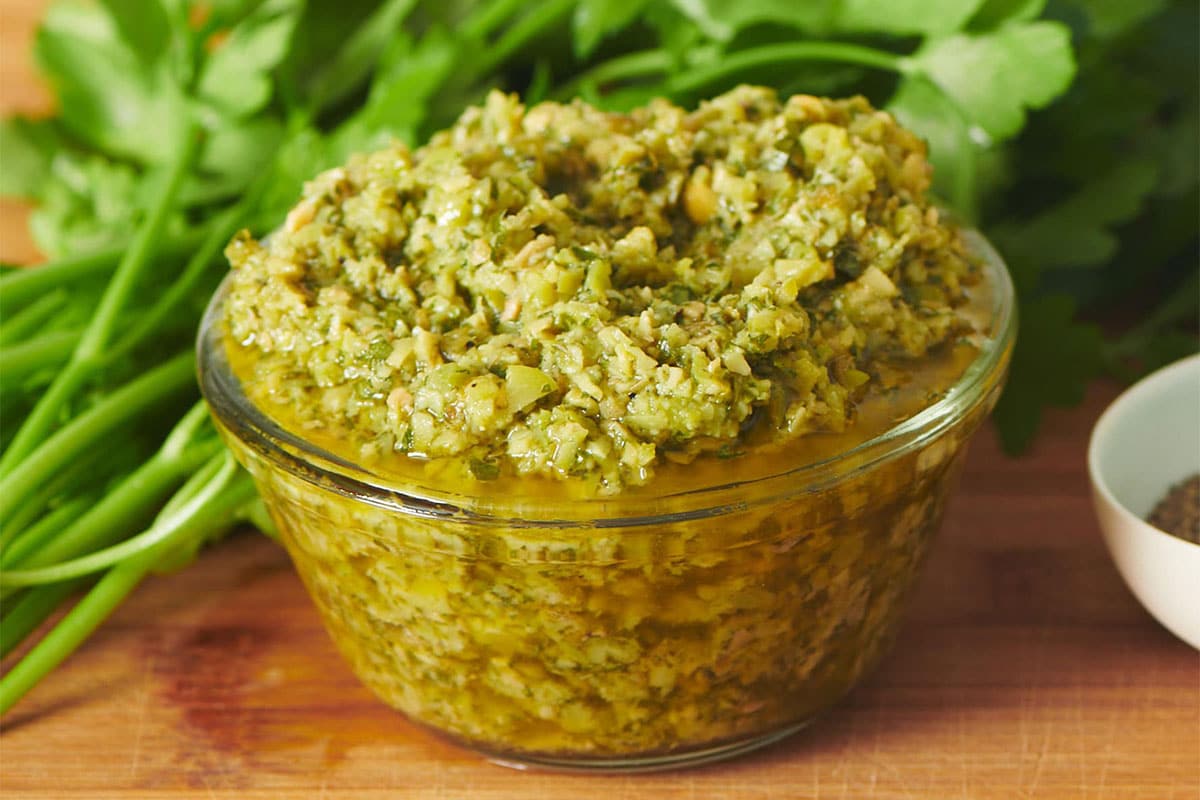
A simple homemade tapenade is a beautiful condiment to have on hand. Tapenade is most popular in France and Italy and throughout the Mediterranean. It’s the most amazing way to add a salty pop to a dish. This easy recipe features green olives and is a total powerhouse of flavor. Redolent with lemons, anchovies, capers, garlic, and herbs, you will find yourself searching for all sorts of ways to incorporate green olive tapenade into your cooking.
I like to serve green olive tapenade with Roasted Cauliflower Steaks or stir it into Fettuccine Alfredo. But beyond being useful in various recipes, it’s perfect as an appetizer, spread over some toasted slices of bread (crostini or bruschetta), sliced baguette, or with some crackers for dipping. It packs so much flavor! Tapenade is also a great condiment to add to a cheese or charcuterie board.
By signing up, you agree to our Privacy Policy.
Tapenade tastes primarily like olives and, specifically, the olives you are using. Tapenades are often garlicky as well, though you can modify the amount of garlic in the recipe — this one has a fairly small amount, so it’s flavorful but not overly garlicky. Also, try sundried tomato pesto and black olive tapenade for other flavorful spread options.
What's In This Post?
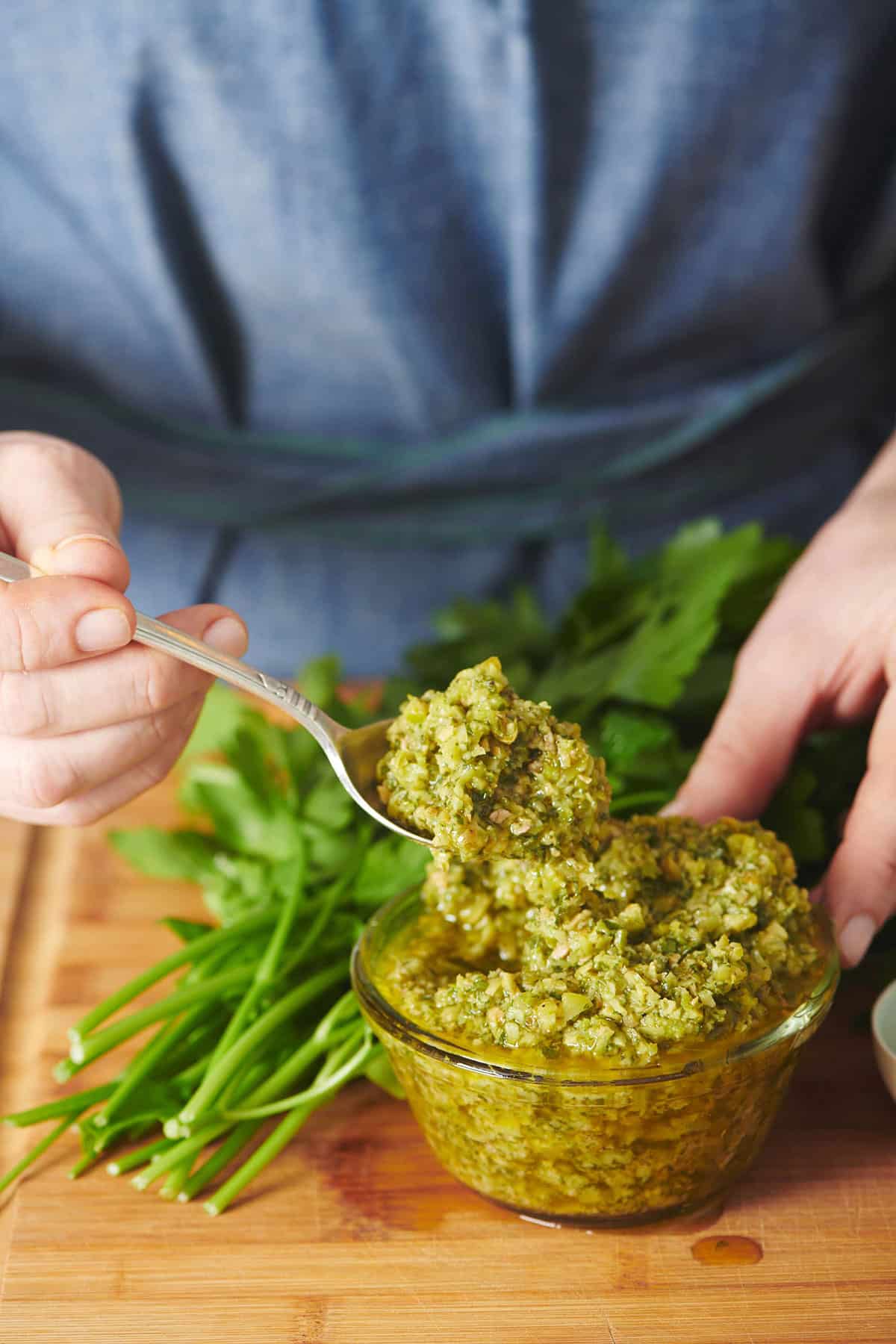
Ingredients
Beyond the olives and anchovies, you may already have the ingredients for this green olive spread in your kitchen.
- Green olives – Pit the olives before using them in this tapenade. I love using Castelvetrano green olives, but see below for other great green olive choices.
- Anchovies – Rinse the anchovies before using to remove excess salt or brine.
- Minced garlic – Please use fresh minced garlic! The fresh garlic taste stands out in this tapenade.
- Fresh parsley – Adds great color and herby flavor.
- Extra-virgin olive oil – Olive tapenade is a good place to use your good-quality olive oil! You will really taste the flavor of the oil, so make it count.
- Capers – Add another briny bite.
- Lemon zest – Using the lemon zest will add a slightly different, sharper, and fragrant lemon flavor to this dish.
- Lemon juice – Use fresh! You can adjust the amount of juice depending on how acidic you like it: 2 teaspoons of lemon juice is nicely lemony, and 3 teaspoons packs a serious citrusy punch.
- Salt and black pepper – To taste. I go very light on the salt (if I add any at all), and a lot more generous with the pepper!
How to Pit Olives
To pit olives without an olive pitter, place them on a cutting board and use the side of a big, heavy knife to press down on them, carefully giving the knife a firm smack with the side of your fist. The olive will crack, and then the pit can be popped out.
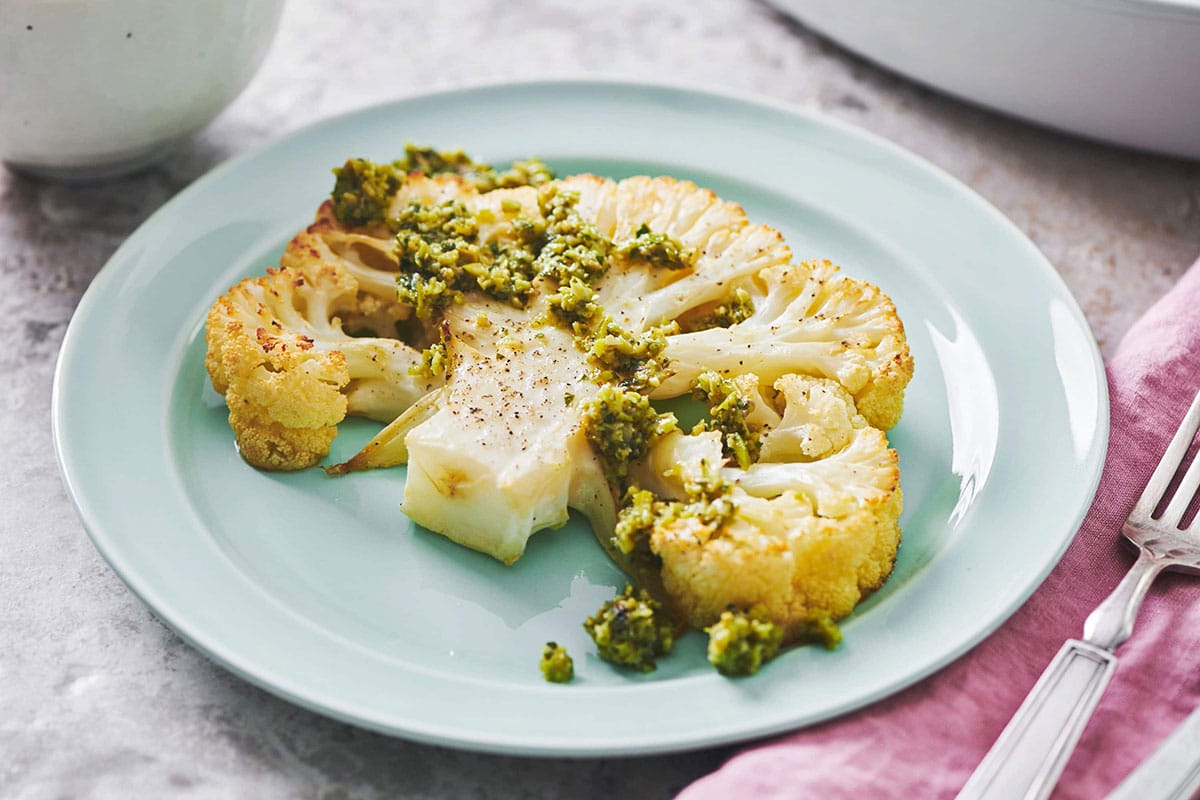
How to Make Green Olive Tapenade
- Blend the ingredients: Put the olives, anchovies, garlic, parsley, olive oil, capers, lemon zest, and lemon juice in the bowl of a food processor.
- Season: Taste the tapenade and season with salt and pepper to taste. Pulse to mix until you reach your ideal consistency. I like mine well-chopped but not completely smooth.
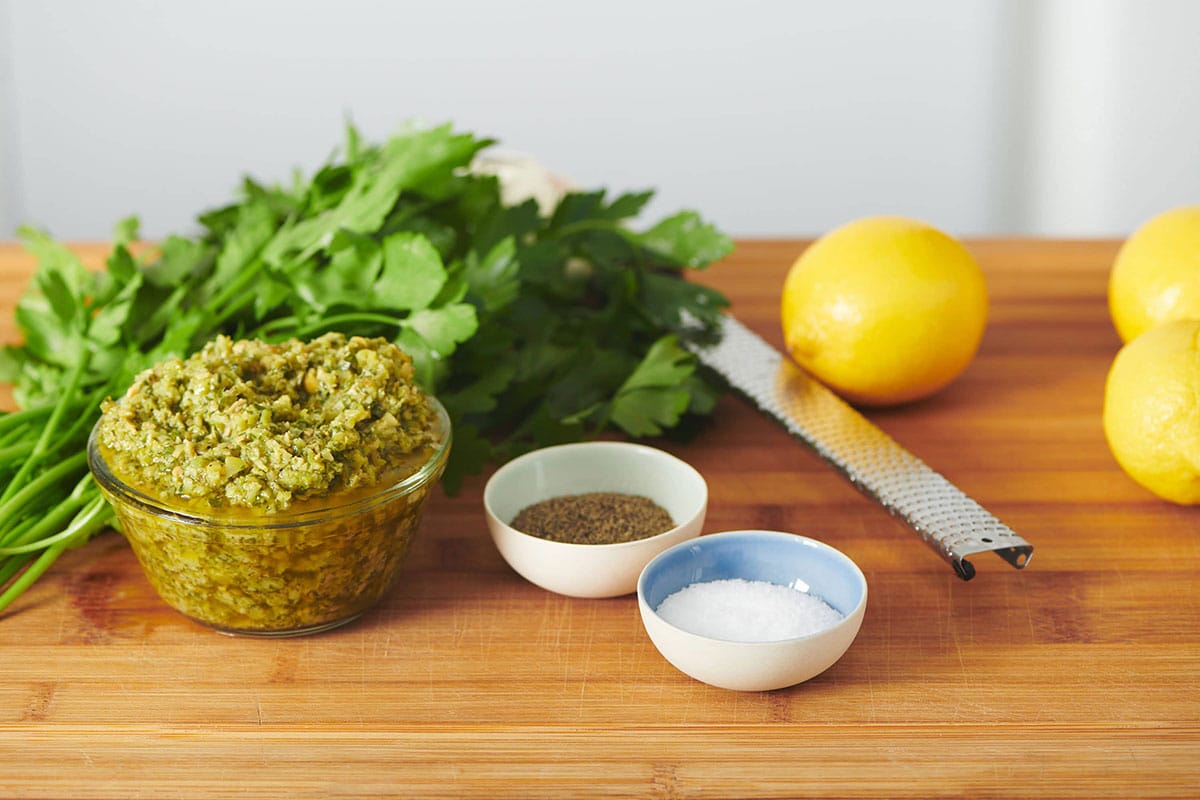
How to Use Tapenade
You can use this homemade green olive tapenade on crostini for an instant sophisticated appetizer. Just spread a small or generous amount on a toasted piece of olive oil-brushed toast or grilled bruschetta. You can then think about topping it with some fresh ricotta, goat, or mozzarella cheese.
Toss it with pasta, or work it into this creamy fettuccine alfredo tossed with blanched green beans. Turn it into a vinaigrette and drizzle it over roasted carrots or roasted cauliflower for the most beautiful side dish. Stir a tablespoon into a pot of rice. Tapenade is also a great condiment to use in a sandwich, like a grinder or a club sandwich.
What to Serve With Green Olive Tapenade

Pin this now to find it later
Pin It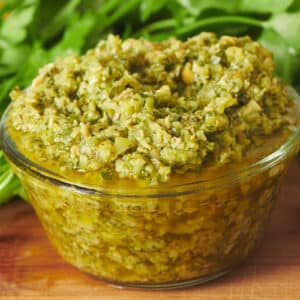
Green Olive Tapenade
Equipment
Ingredients
- 1 cup pitted Castelvetrano olives
- 2 anchovies (rinsed and chopped)
- ½ teaspoon minced garlic
- ¼ cup chopped coarse fresh parsley
- ¼ cup extra virgin olive oil
- 1 tablespoon drained capers
- 2 teaspoons finely grated lemon zest
- 2 to 3 teaspoons fresh lemon juice (depending on how lemony you want it)
- Kosher salt and freshly ground black pepper (to taste)
Instructions
- Place the olives, anchovies, garlic, parsley, olive oil, capers, lemon zest, and lemon juice in a food processor and pulse until the mixture is coarsely blended.
- Taste and add salt and pepper as desired. Continue to pulse or puree until the mixture is as coarse or fine as you like.
Notes
Variations
- You can also make this tapenade in a blender or using a mortar and pestle.
- Add some red pepper flakes if you want to add a little heat.
Storage
Tapenade lasts for at least 2 weeks in a covered container in the fridge. Use it by the spoonful as you need it. Toss it if it gets a whitish coating on the top or starts to smell funky.Nutrition
Best Green Olives for Tapenade
Nutty and meaty Castelvetrano olives are bright green, which gives this tapenade a cheerful hue. You’ll probably have to pit them yourself, as they aren’t all that easily available pre-pitted. Worth it (especially if you have an olive pitter, which is kind of fun to use) — enlist the help of a willing partner or pal.
You can use other green olives, but your results will not be as vivid in color. Try Picholine, Manzanilla, or Cerignola (another one of my favorites). They vary in their level of saltiness, so make sure to taste the finished tapenade before adding any additional salt. If you use the tapenade in a dish, adjust any added salt with that in mind. You can also use a combination of olives or try Black Olive Tapenade.

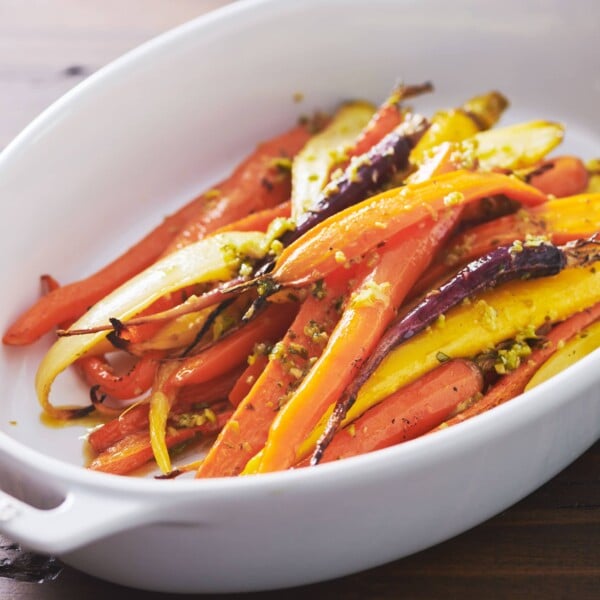




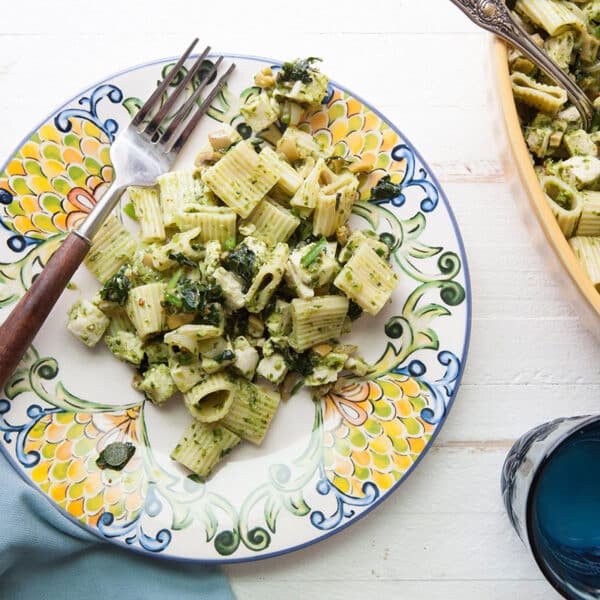









Love this tapenade recipe!
I just minced/rough chopped everything on my cutting board. It was AMAZING. I used it in a “dressing” I made (recipe to follow). I used this as a topping for fried eggs and spinach on toast and it was a BIG hit & the most amazing breakfast. I give my olive tapenade dressing here:
5tbsp Green Olive Tapenade
5tbsp Lilliput Capers
½ garlic clove, peeled, chopped and crushed to a paste
¾ tbsp lemon juice
1 Tablespoon fresh oregano
Small bunch of fresh parsley or coriander, finely chopped
½ red chilli, deseeded, finely chopped
A veggie/vegan alternative I make is by substituting a couple of sun dried tomatoes for the anchovies. Delicious.
is the green olive tappenade the same as green olive spread
yes, the short answer is pretty much!
Looking forward to making this! Do you think it would work to make it with a stick blender instead if a food processor?
It would be pretty chunky I think! You might be better off also planning to mince away on a cutting board (without or without a rough chop from the stick blender)